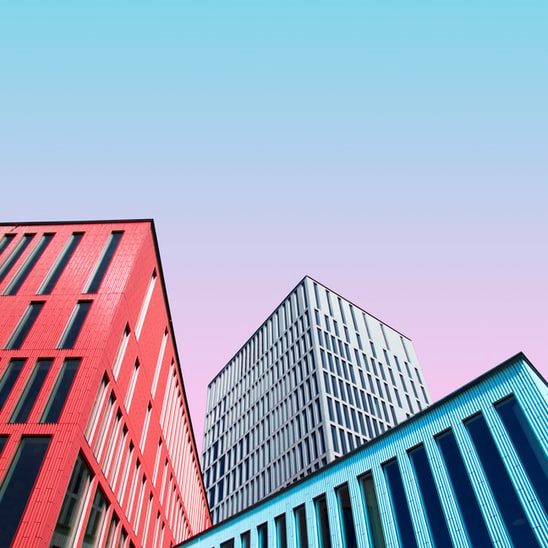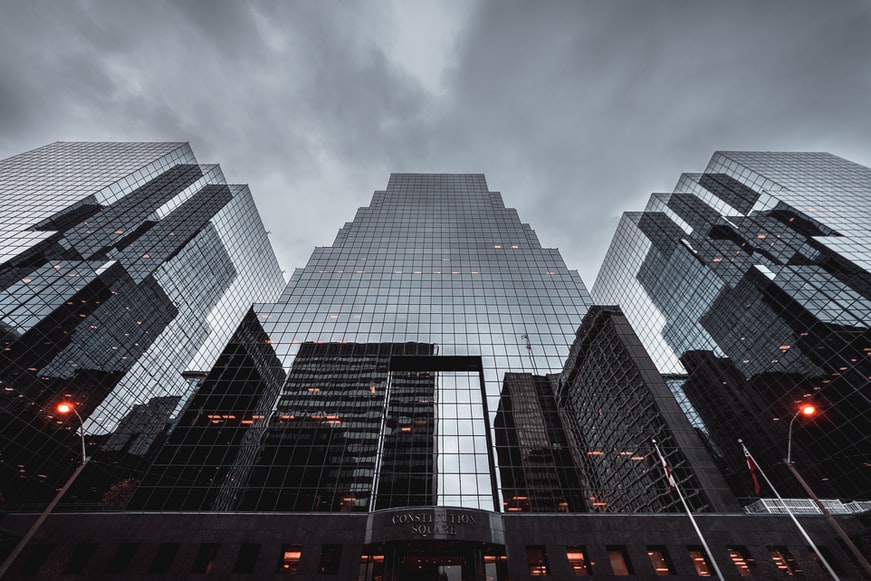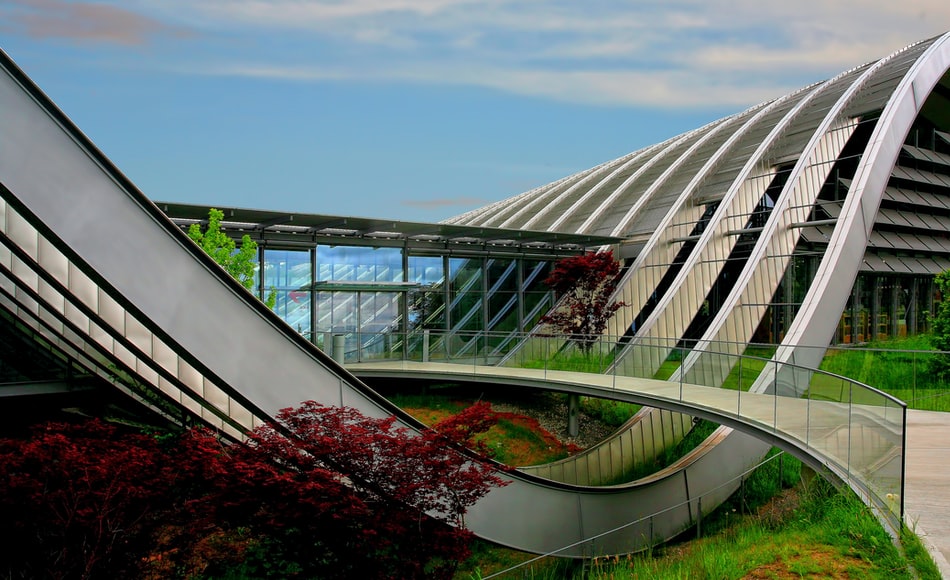Although most architectural designs fundamentally prioritize function over aesthetics, significant architecture can perfectly create structures that offer functionality and are visually appealing. Art can be a broad term, but it allows individuals to tell a story and give their viewers the freedom to interpret.
Art echoes the artist's emotions and imagination, and while good architecture does the same, it also needs to meet the basic requirements of an operational and safe building. The primary challenge that most architects meet is to create a functioning art piece through their building design.
While many designers focus on the purpose of the building to ensure its usefulness and meet the client's demands, sometimes a bit of creative thinking is all it takes to find an area where art can be incorporated. Practical components such as windows, walls, floors, and doors provide artistic opportunities for the designer to create an architecturally pleasing piece.
The Role of Art in Architecture
Architecture may not be as pure an art form as a painting or sculpture. Still, in addition to functioning as a habitable living or working space, architecture invokes a sense of emotion and inspiration. Art and architecture have a unified connection as both are created using the same principles, visual elements, and engagement of the senses.
In addition to a building's structural foundation, many facilities have understood the importance of art and its therapeutic effects. Many hospitals and therapy centers have art programs to connect patients and promote a relaxing and stimulating environment via art installations and designs. There are two ways to incorporate art in building design: additive art and integrated art.
- Additive Art - From the term itself, additive art involves adding an art installation or artwork after the project is done. Integrating art into a building project works best when the idea is introduced during the planning stage, where the client might hire an art consultant to give artistic recommendations.
- Integrated Art - This type of art is included during the early planning stages since the art piece is part of the building design. Clients or project managers hire artists to install the project's main feature while maintaining functionality and purpose.
While art and architecture are different based on definition, one cannot deny the influence of art in traditional and modern architectural designs. One must have enough skill to produce good art and architecture. Even in construction, having the proper skill set allows an individual to create masonry works, fittings, and finishes.
Visual art is also beneficial for architects, as understanding its fundamental principle helps understand space and how specific shapes or colors can dramatically alter a building design. One of the most critical design aspects that clients require is an efficient use of space. Learning how to control such by understanding how an artist manipulates a canvas effectively promotes efficiency on a project.
While there is an ongoing debate whether architecture is considered an art form, it's difficult to deny its influence on classic and contemporary structures, such as historic churches, castles, buildings, and even residential homes. Visual art promotes flexibility, which is crucial in making a particular project unique and creative.
Types of Art Installed in Buildings
With the prevalent influence of art on building designs, architects and clients have found many ways to incorporate art into buildings and other facilities. Here are the most common types of visual art used to accentuate and beautify structural pieces.
- Paintings - Paintings are perhaps the most common and easiest way to introduce art in a building or home. It is the art of primarily applying paint and other drawing media to a solid surface such as canvas, floors, ceilings, or walls. External large-scale paintings are called murals.
- Mosaics - Mosaic is a traditional art form made from small regular or irregular colored stones, glass, or ceramic. They were prevalent in ancient Rome and were often used as floor or wall decoration.
- Sculptures - Like paintings, sculptures are one of the oldest art forms. It involves using hard or malleable materials then working into three-dimensional art objects. Sculpture pieces can be made from various media, including clay, wax, stone, metal, fabric, glass, wood, plaster, and rubber. They may be carved, sown, molded, or assembled.
- Landscaping - Landscaping is a task that combines art and science. Being a professional landscape means being knowledgeable about horticulture and landscape design. It involves modifying an area with plants such as gardens and rooftop gardens. Make sure that your landscape artist can conveniently access your roof by installing galvanized steel roof hatches.
- Graffiti - While graffiti has long been considered vandalism, many contemporary structures and businesses hire graffiti artists to spray-paint their walls with edgy art pieces. Despite being fundamentally similar, graffiti and graffiti art is different since the latter is used when the work is instead sprayed over a traditional surface such as a canvas.
Beautiful buildings don't solely rely on shape and function, as the material choice can also make a bold and creative statement. Innovation in building materials is steadily becoming a reality in the construction industry, where our need for comfort and eye-catching art pieces necessitated such creation.
Art is long-lasting and our need for building new structures; while architecture is not widely recognized as an art form, its influence on building designs is now more prevalent than ever. It turns dull and monotonous spaces into something more energetic and visually pleasing.


